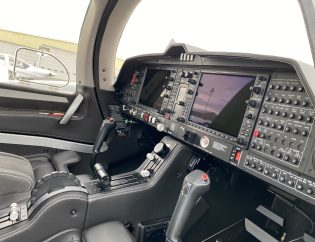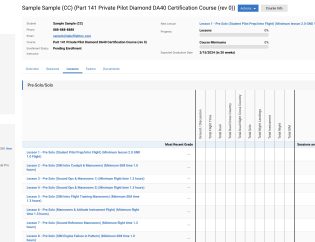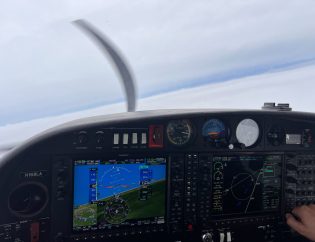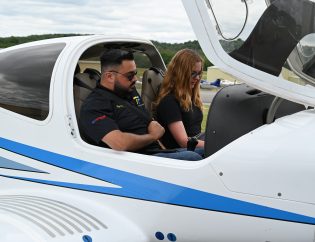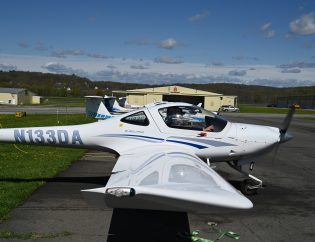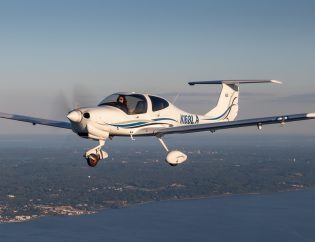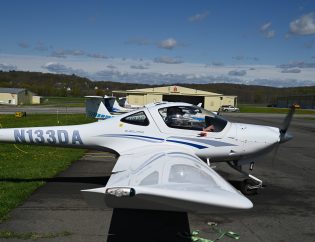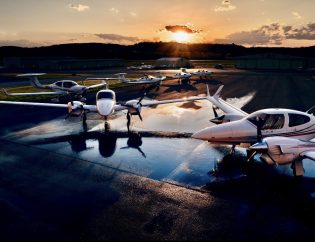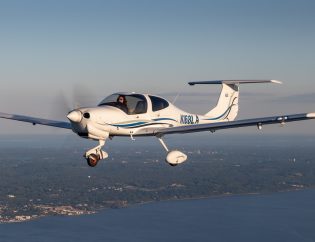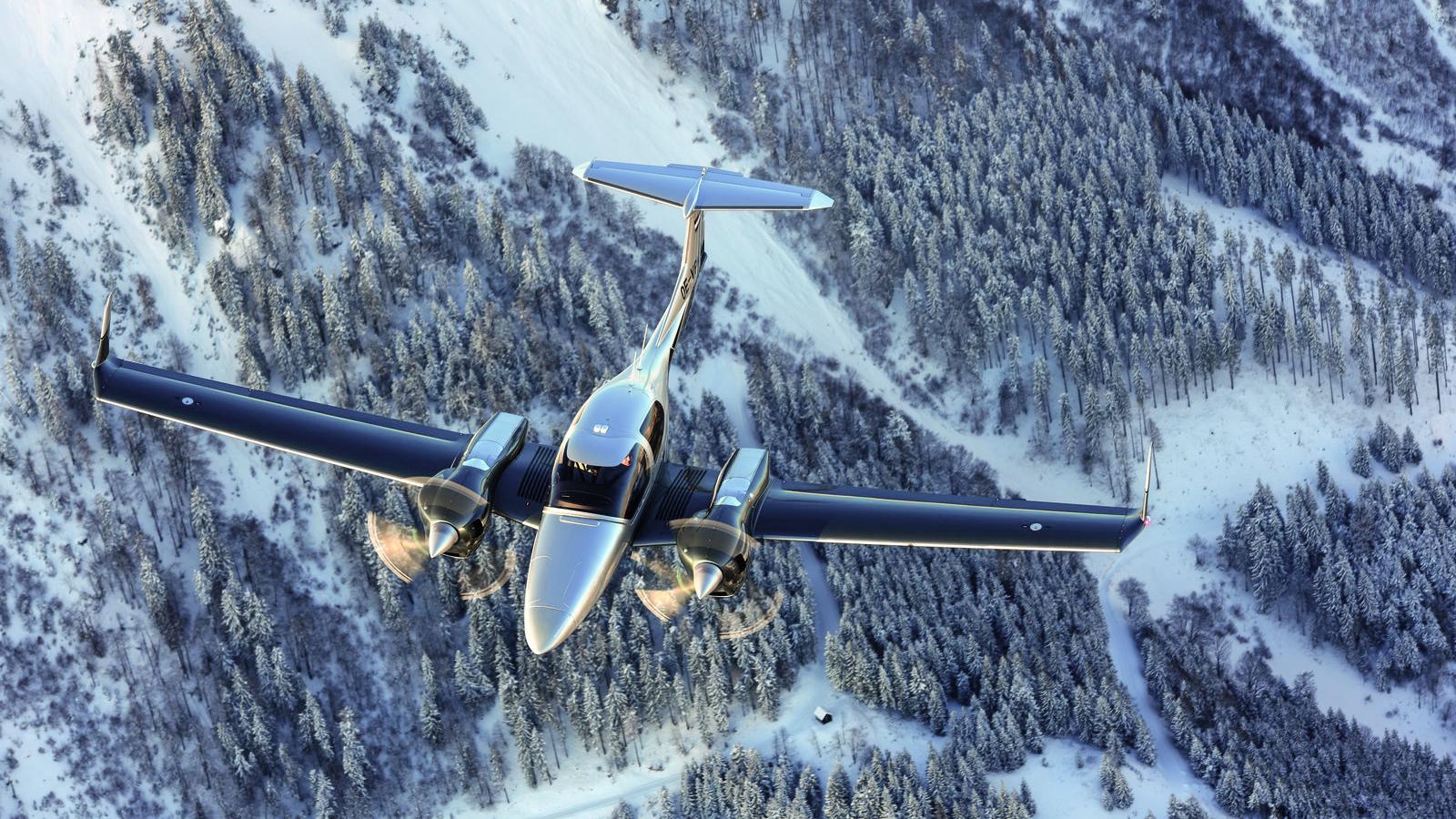
First the answer – Yes, you should be learning in modern equipment with digital cockpit displays. This isn’t up for debate – it’s a fact. If your goal is to fly professionally, you will be flying modern, digital-cockpit aircraft. In fact, fleet retirement is being hastened worldwide by COVID19, so even first-generation digital-cockpit aircraft such as 757s and 767s are on accelerated retirement schedules. Learning in old equipment simply prepares you for a world that no longer exists –and you miss out on learning now many of the important skills that you will need later.
Recreational flyers are facing a similar future, with older aircraft being parked as maintenance and ADS-B refits cause the cost of ownership of legacy equipment to increase. Yes, some old round-gauge aircraft will remain, but in steadily decreasing numbers and with most of them being retrofitted with modern digital-cockpit gauges.
The more complex issue – When learning to fly new aircraft with modern digital equipment, you can’t simply fly as you did in older equipment. You need to integrate the digital cockpit environment into your flying – and that requires an understanding of how to work with modern technology in high stress/time-critical environments. The airlines know this and have researched the topic extensively. Much of their research over the past 20 years is available to the public. That research, along with professional experience and numerous interviews with professional pilots, has been the basis for our training program development. Take Flight Aviation teaches this every day, and we understand that you need to integrate technology into your training from the start if you want to be successful later.
With the integrated use of our Redbird FMS full motion flight training device, our fully digital G1000 equipped Diamond DA40, DA40NG and DA42NG fleet and our transition fleets of DA20s and Warriors that have a combination of analog and digital avionics, we are fully invested in integrating technology into your pilot decision-making processes.
Whether you are looking to fly for a career or for pleasure – you need the best training in today’s equipment to ensure a safe and rewarding tomorrow.
Take Flight Aviation is leading the way into the future of general aviation training. Give us a call to learn more or get started.

